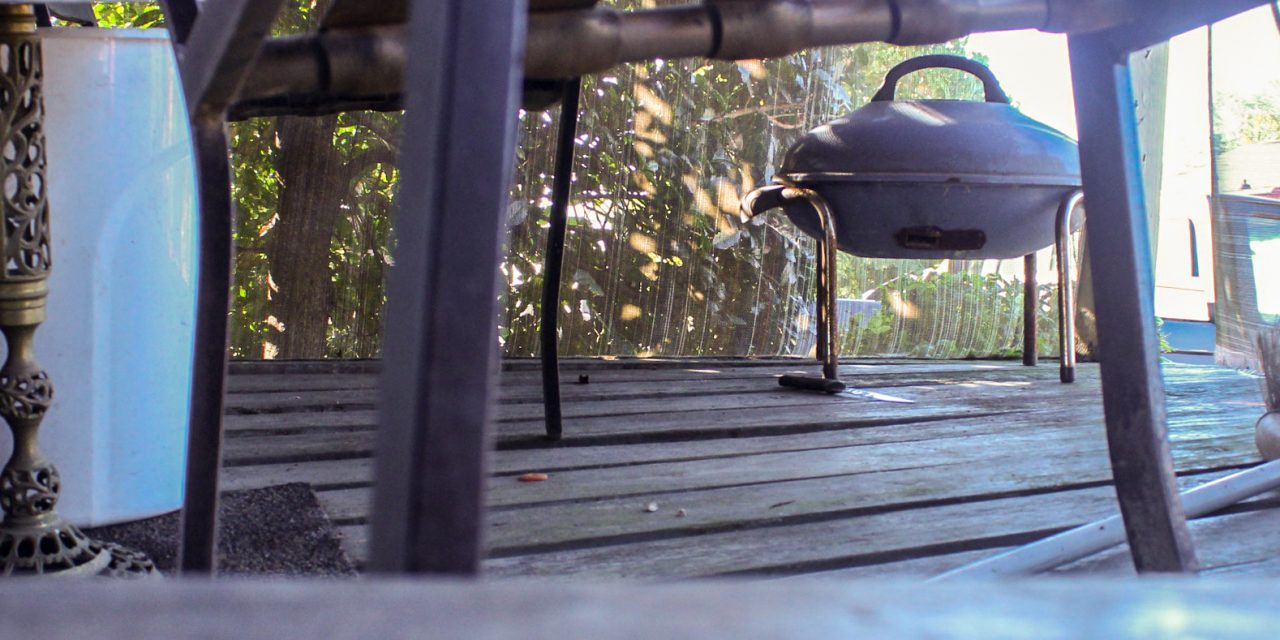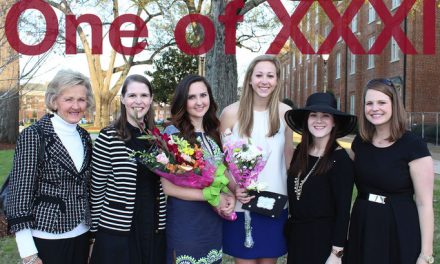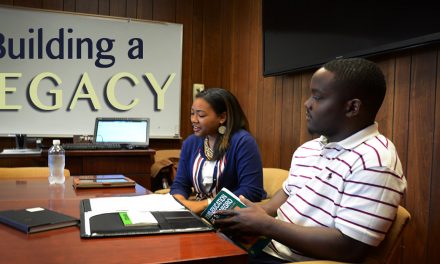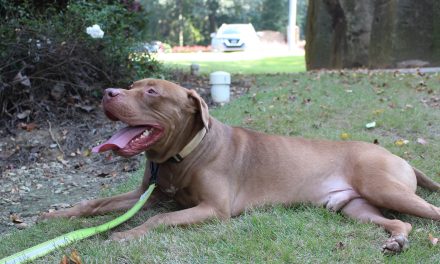Walking down 27th Street, only a short drive from The University of Alabama’s campus, the house looked more like a temporary Halloween attraction than a suitable place to live. The roof of the building was covered with large patches made of black tarp. Half of the dimly-lit front porch had collapsed and the other half was covered in a roof that more closely resembled Swiss cheese than anything someone would feel comfortable standing under when it rains.
Inside, the problems were worse. The flooring was uneven and seemed all too ready to swallow up someone if they took a wrong step. The ceiling was sagging in several places under the weight of years of storm damage. This home had seen more than its fair share of severe weather and a lifetime’s amount of damages.
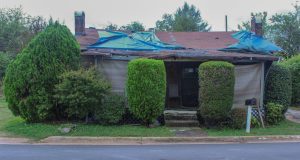
Front view of Sonya Kemp’s house
Sonya Kemp’s home is thought to have been built in the 1930s, though she has only lived there for 20 years. Kemp decided to purchase the home as a place to raise her children after moving to Alabama from Detroit , feeling that Detroit was beginning to become unsafe. She was only too ready to move closer to family and a better school system for her sons. Since then, her sons have moved out and the home has fallen further and further into disrepair.
“Over the years it just started falling apart,” Kemp said.
In 2014, Kemp decided enough was enough. She shared her situation with a co-worker, who encouraged her to apply for repairs with Habitat for Humanity. When Kemp didn’t hear back, another co-worker suggested she reach out to her local city council member. To Kemp’s surprise, City Council Member Raevan Howard became a spokesperson for her. Before she knew it, a Habitat for Humanity staff member was knocking on her door and inviting her to their offices.
The Habitat staff only needed a quick glance at the front porch before deciding that what Sonya Kemp really needed was a new home. In September of this year, the board approved the application to build Kemp a new home on the lot she currently lives on.
This is where The University of Alabama comes in.
Sonya Kemp will be the first recipient of a home funded entirely by UA students.
Last year, Ellen Potts – the executive director of Habitat for Humanity of Tuscaloosa and professor for the Honors Habitat for Humanity course – spoke with Jonathan Reckford, the president and CEO fo Habitat International. During their conversation, Potts told Reckford where she was from and the first question he asked was how many homes the University builds each year.
“I said, well if we win a national championship that year, Nick’s Kids donates a house,” Potts said. “Otherwise, we’ve had some groups raise some money, as much as $50,000 to pay for half of a house, but The University of Alabama does not build houses with any consistency and they’ve never built a whole house.”
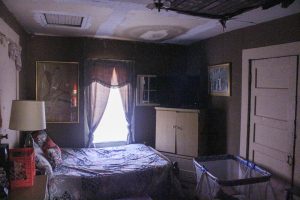
A view of Sonya Kemp’s bedroom
Surprised by the news, Reckford encouraged Potts to look into the programs at North Carolina State and a few other universities. Come to find out, there were several universities across the country that were regularly building houses for Habitat for Humanity.
North Carolina State raised enough money to build 11 Habitat houses in the past year. Inspired by their success, a new goal was born, but Potts knew that she could not achieve it alone. Especially since a key component of this goal was for UA students to lead the initiative. She enlisted the help of the Habitat for Humanity Club on campus, the Culverhouse marketing masters program, and Clyde Yelverton in the dean of students’ office. Together, the goal of raising $100,000 in a single school year became slightly less daunting.
Only slightly.
“Coming into the presidency of the Habitat club, I just tried to think of new areas to take this program,” Daniel Nielson said. “We want to pave new ground and it’s entirely possible. The University of Alabama’s Dance Marathon team raised over $340,000 last year and are hugely successful. I really think that we can do a similar effort.”
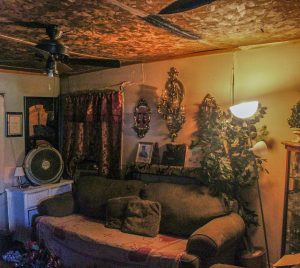
Living room in the Kemp household
In addition to the funds for the home being raised entirely by students, Habitat for Humanity is hopeful that the house will also be built by the University as well. Potts reported that there are anywhere from 10 to 50 students, faculty, and staff volunteering with Habitat during a regular week. While Kemp’s home is being built, Potts says there are plans to ensure that all volunteers from the university will be sent to her home.
“I think there are a lot of faculty, staff and students who have worked with our job sites and would love to see ways to move that to the next level,” Potts said. “We have enough people that are in that category that this can be a catalyst to move us forward in the process.”
There are plenty of things that make a home funding by The University of Alabama special. It furthers the goal of training students to be people who give back to the community, it acknowledges that the affordable housing crisis in Tuscaloosa is partly due to the University’s growth, and most importantly, it provides a home to someone in need.
Sonya Kemp’s reaction to finding out she would be the first recipient of a university-funded home emphasizes just that.
“That is a blessing,” Kemp said. “That is truly something special.”

